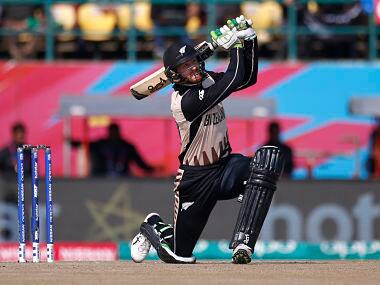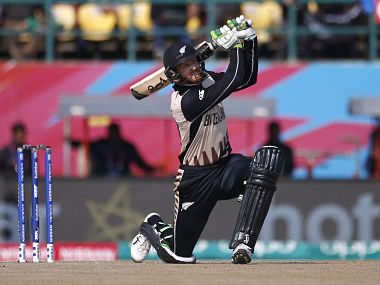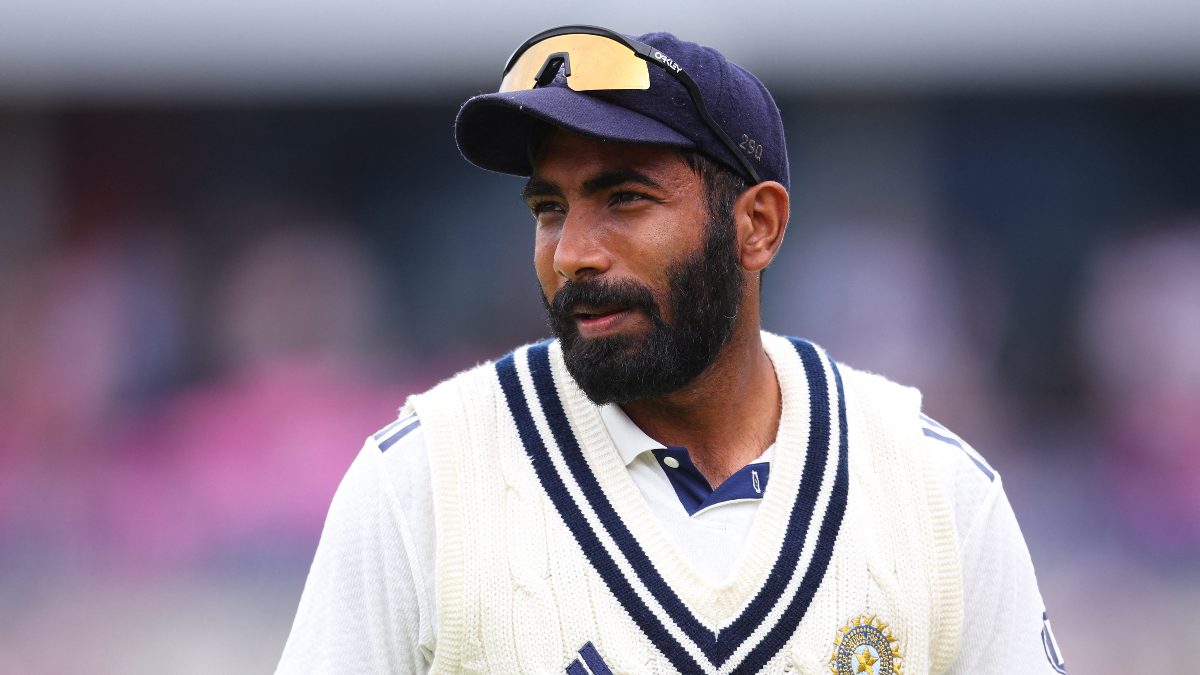There was shock and surprise in the cricketing fraternity when Martin Guptill went unsold in the IPL 2018 auction earlier this year. He was in excellent white-ball form in the build-up to the auctions. Three days after the auction, he went on to score the fastest century (off 49 balls) by a New Zealander in T20Is and, in the process, surpassed Brendon McCullum as the highest run-getter in T20Is. He was one of the biggest picks in the Caribbean Premier League 2018 draft where he was picked up for USD 160,000 by Barbados Tridents. [caption id=“attachment_5821731” align=“alignleft” width=“380”]  File picture of Martin Guptill. Reuters[/caption] And four months later, he hammered fourth-fastest T20 ton (102 off 38 balls) playing for Worcestershire against Northamptonshire in T20 Blast. However, surprisingly, he again went unsold in the IPL 2019 auctions in December last year. In the last few years, Guptill has taken giant strides in T20 cricket and has developed a knack of scoring daddy hundreds in white-ball cricket, but he hasn’t transformed that form in the longest format of the game. Firstpost caught up with the Kiwi batsman in July last year to understand what makes him so effective in the shortest format, his approach in T20s, ambition to play Test cricket and much more. You are the highest run-getter in the history of T20Is. What makes you so effective in this format? Oh! I don’t really know to be honest (laughs). I guess I have been lucky to play over a number of years. In the past two-three years, I have been lucky enough to be in pretty decent form and I have been able to take my chance when I come to the middle and score a few runs over that time. So, I can’t really put my finger on it. I have found a bit of consistency over the last couple of years which has allowed me to score those runs and make sure I put New Zealand in a decent position to try and win games. It’s not just fifties, you have developed this habit of hitting 100s, and both your 100s have come in 2018. What do you need to do to build that really big, match-defining innings in T20? Getting off to a good start always helps. I have a hundred against Australia earlier this year (2018). I was able to get a good start and then I took a back seat and Colin Munro took over and we were able to get a good partnership going. We just made sure that we carried on and once Colin got out, I was able to get few boundaries away and create few more little partnerships and was able to get through to that hundred. It’s just about working with your partner at the other end to create those partnerships to get those big scores in T20 cricket. It must be great to play with Colin who hits the ball so cleanly? Yeah. Colin’s really come on in the last 18 months with his cricket and batting at the top of the order. He’s really found a new gear and it suits him up there. We’ve had a great start to our partnership and hopefully, we can continue for a few more years. How did you develop this clean hitting ability? Is there some different practice regime you follow? In the off-season and even during the home summer, I do a lot of bowling machine work. I just do a lot of grooving on there, striking the ball and making sure that if it is bowled in that area in the game, it just comes naturally; the body takes over. I don’t have to think about it too much and just strike the ball from there. But you have to be still when you are hitting the ball if you are not still and your head is moving all over the place, you are not going to get the contact you need and you mis-hit it and find fielders. So being still during the impact point is key. You average 34.40 in T20Is, 42.99 in ODIs but in Tests the average drops down to 29.38. Why couldn’t you replicate white-ball success in red-ball cricket? Do you still have the ambition to get back to Test cricket? I don’t know why (I haven’t replicated my white-ball form in red-ball cricket). I always have the ambition to play Test cricket. I still think I have got a lot to give to New Zealand in Tests. And I am working hard to get that spot back. I will just bide my time and hopefully keep scoring runs for Auckland to get into the side again. How easy is it to switch between formats? Well, everyone’s different. Before my last Test hundred, I played a T20 for Auckland less than a week ago and ended up getting a Test century. So everyone is different. But time in the middle is always key and it always helps to keep that rhythm going out in the middle. You have played in the CPL, T20 Blast and IPL. How important are those leagues in terms of developing your game personally? They are pretty key. Especially playing here in the T20 Blast with the World Cup less than a year away. You are playing in the English conditions and pitches and just getting used to them. It’s invaluable really to be over here this time before the World Cup. So I was very lucky to sign a deal with Worcestershire and get that experience. There are talks that the ICC might limit players to three T20 leagues a year, do you think that would be a correct move? If there is enough international cricket for players then they don’t need to play the T20 Leagues. But if there’s not a lot, like in New Zealand this year, we don’t’ have a lot of international cricket on until October, so why not let the guys go out and play as much cricket as they can and help them stay in form and get that experience of playing around the world? It betters their cricket, they become better players if they keep playing. So, if there’s isn’t international cricket or you haven’t got any international commitments, I don’t see a problem with guys playing as much cricket as they want. How different is the challenge of playing in CPL as compared to other leagues? Each league poses different challenges. Some of the wickets in the Caribbean aren’t as good as what you get over here in England or India or places like that. But it just teaches you to use different skills and you have to temper your game, bring your tempo down if the wicket isn’t conducive to hitting through the line of the ball. So it is a great challenge and I have loved every minute going out in the CPL. I have had mixed success there. What’s more challenging in terms of scheduling, CPL or IPL? CPL, at times. You could be traveling up to 12 hrs which is pretty tough. There are also rumours that you have broken 22 on the yo-yo test. How important is fitness to you? I am not sure who told you that (laughs), because that is a complete fabrication. I got to 20 on yo-yo. I have never got 18 on the yo-yo. I am not the fittest going around (laughs). But I did get a PB (personal best) on my last Yo-Yo and all my power testing results were back up where they were a few years ago. Fitness is a key component of cricket now-a-days with so much cricket being played around the world. I was lucky to have a 10-week break in which I was able to get my fitness levels and strength back up to the levels that I am happy with and hopefully I can keep maintaining those while I am playing away. Do you think that kind of fitness stuff should be factored in terms of people being selected for international teams? I think each team has different levels of fitness testing and things like that. I think the Indian team has to get past 16.1, so I don’t think it is too much of an issue for them if someone is not fit enough. But if you are fit enough to bat for a day and a half and bowl 30 overs a day and can’t run 20 in the Yo-Yo, it doesn’t really matter. If you can bat for 50 overs in a one-dayer and continue on the field afterward, you are fit enough to play international cricket, aren’t you? Note: This interview was conducted in July, 2018.
Firstpost caught up with Martin Guptill to understand what makes him so effective in the shortest format, his approach in T20s, ambition to play Test cricket and much more.
Advertisement
End of Article


)

)
)
)
)
)
)
)
)



